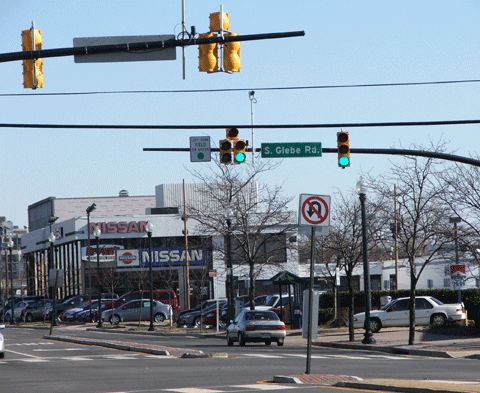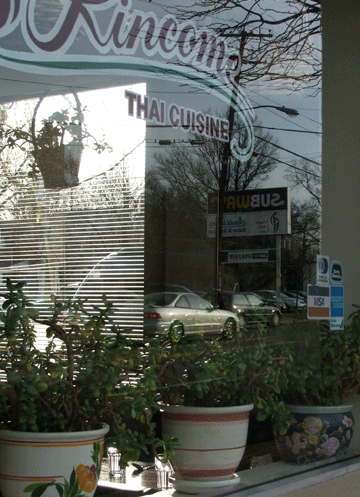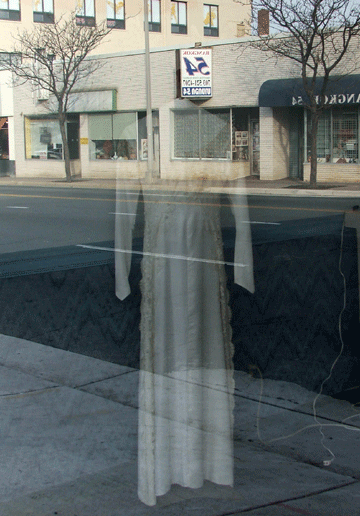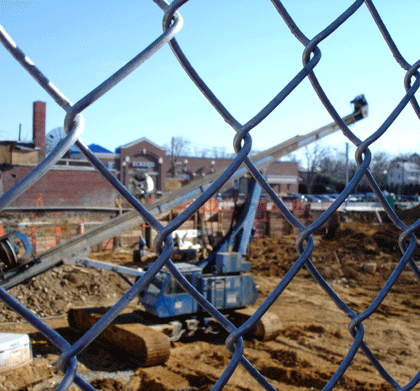Life in One Place
December 10, 2006. On the Pike
I'm getting myself Embroiled.
I said I wouldn't.
I said I'm not staying here.
I said I don't want to get mired in more Arlington County stuff.
Shortly after I got back to Virginia I was spotted by the enthusiastic octogenarians the League of Women Voters. They tried to suck me into their activities, and I resisted.
I ran into my friends/colleagues from the Arlington Environment Commission, which I chaired before I left here. They said, didn't I want to become a member again? They need new members and they'd love to have me back. And I said no no no!!
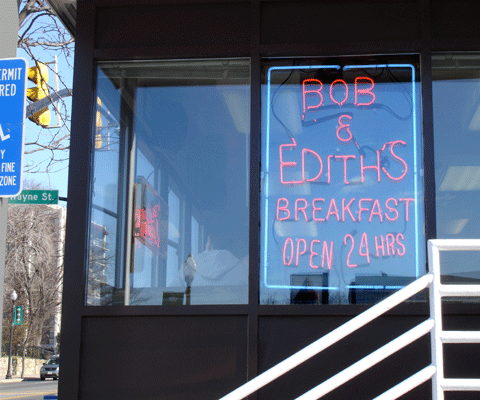
I ran into my friends from the Bike Advisory Committee, of which I was a member. They said, didn't I want to join them on the county board bike ride? (They get the board members out on bikes and show them what needs fixing in the way of bike access.) And I said no no no!
But now I am getting embroiled in questions about the density of potential development along Columbia Pike, which is the main drag a block from my house. It's a tempest in a teapot, really. But I'm for increases in density (uses less energy, might get people to drive less) and most of my neighbors are against it. And even more I'm for using data and analytical tools to assess the potential impacts of any proposed changes, rather than just saying it will be awful, it will be like Calcutta, parking will be terrible, the schools are already overcrowded, it will create a great big wall along the avenue and get rid of the affordable housing (my neighbors have said all of those things) without actually analyzing which of these dire consequences might really happen and how dire they will in fact be.
